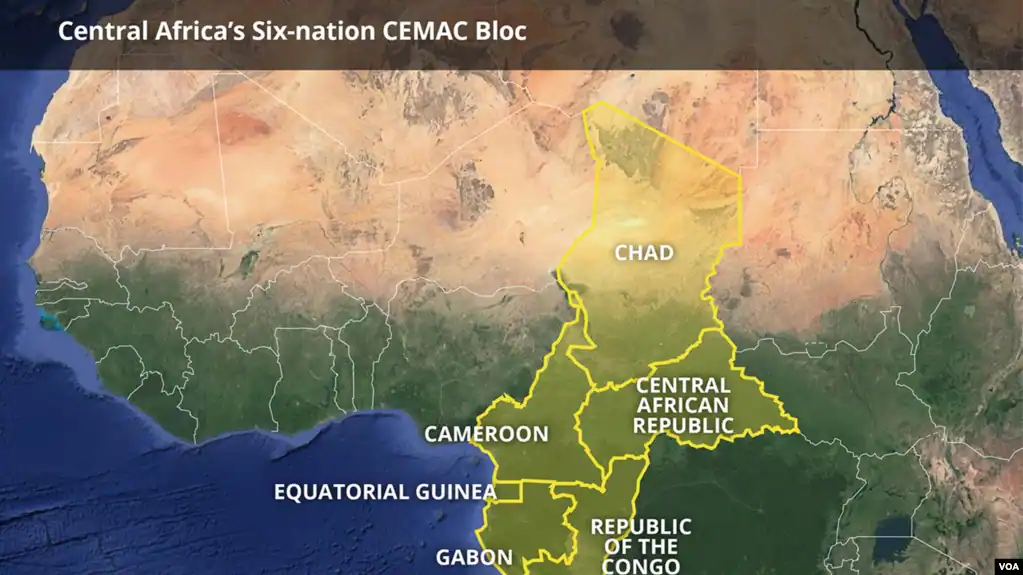Presidents and finance ministers from eleven central African countries have failed to agree on merging three economic blocs.
Analysts say breaking down economic barriers among member countries of the Central African Economic and Monetary Community, CEMAC, the Economic Community of Central African States, ECCAS, and the Economic Community of the Great Lakes Countries CEPGL will boost trade and growth in a region that is said to be among the poorest and most conflict-ridden in the world.
But after a meeting in Cameroon’s capital, officials say combining the three economic blocs will take longer than the leaders of the regions expect.
Gilberto Da Piedade Verissimo is the president of ECCAS.
He says the process of merging the economic blocs is taking longer than planned because of a lack of political will, conflicting interests and bureaucratic duplication among 3 rival economic groups. He says each time there is a leadership change, ECCAS officials start explaining the importance of fusing the economic blocs for the general interest of the eleven central African states to new governments all over again because different leaders have different understandings of the combination.
Verissimo said merging economic blocs will stop the duplication of regional projects such as airlines, roads, electricity, agriculture and aquaculture, making it easier for funding agencies to invest in such projects.
ECCAS consists of Cameroon, Chad, the Central African Republic, Gabon, Congo, Equatorial Guinea, Angola, Burundi, the Democratic Republic of Congo, Rwanda and Sao Tome and Principe and was created in 1983. It is officially recognized by the African Union as central Africa’s regional economic community.
In 1999 Cameroon, Chad, Central African Republic, Gabon, Congo and Equatorial Guinea launched CEMAC, but remained members of ECCAS.
In 2003 Burundi, the Democratic Republic of Congo and Rwanda created CEPGL but also remained in ECCAS.
The three economic blocs claim that their mission is to facilitate the free movement of goods and persons across borders and promote regional integration, reduce inequality and poverty.
But the African Union, or AU, says the central African states remain among the poorest countries, although their economic and social potential is very strong. In 2006, the AU asked central African leaders to merge the three economic blocs.
Edouard Normand Bigendaka is the governor of the Bank of the Republic of Burundi. He says the participants in the Yaounde meeting created an organization to examine a new currency to replace the West African CFA Franc and the Central African CFA Franc.
“This high monetary authority will be in charge of preparing the different steps towards a free trade zone and then a common market, so that’s the rationale of having a common currency,” Bigendaka said. “There are a number of steps that have to be put in place by member countries before we attain this particular objective.”
Cameroon’s Prime Minister Joseph Dion Ngute represented President Paul Biya at the meeting.
Ngute says despite the challenges, committed leaders of the region will continue advocating for a strong regional economic community that will improve business, encourage the free movement of people and reduce poverty. He says central African states cannot continue to think that they can single handedly solve their problems while other countries, including developed nations, are counting on economic blocs to tackle their problems.
The AU says fusing the economic blocs will facilitate trade and growth among central Africa’s 240 million inhabitants and allow member states to concentrate on infrastructure development and jointly combating climate shocks, terrorism and armed groups that are destabilizing the eleven countries.
